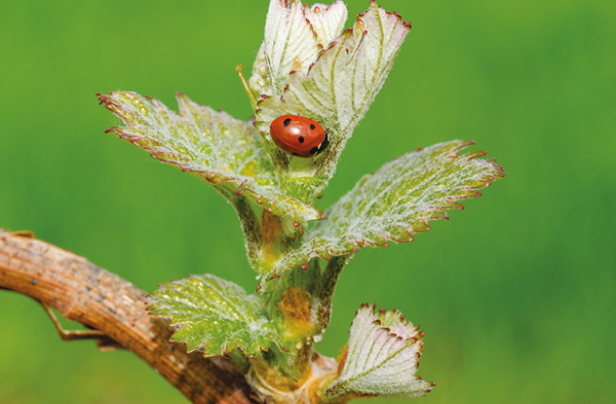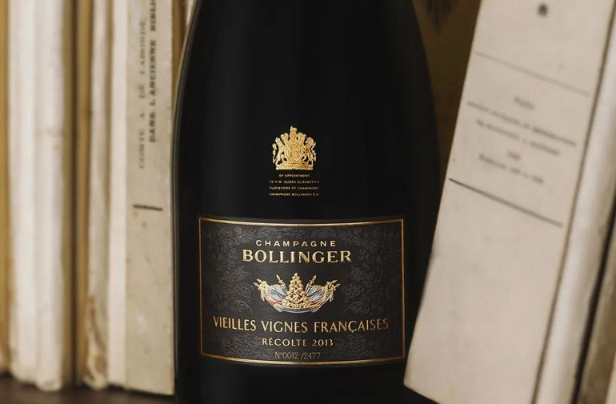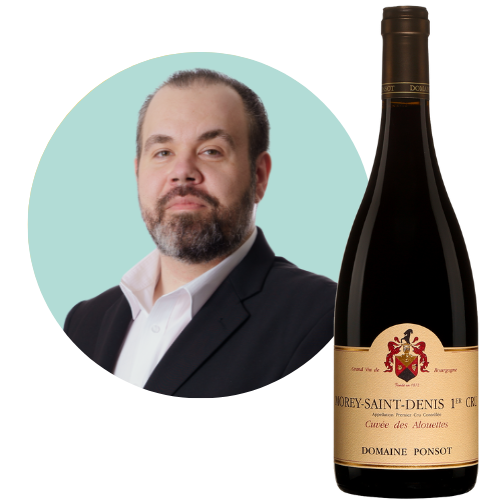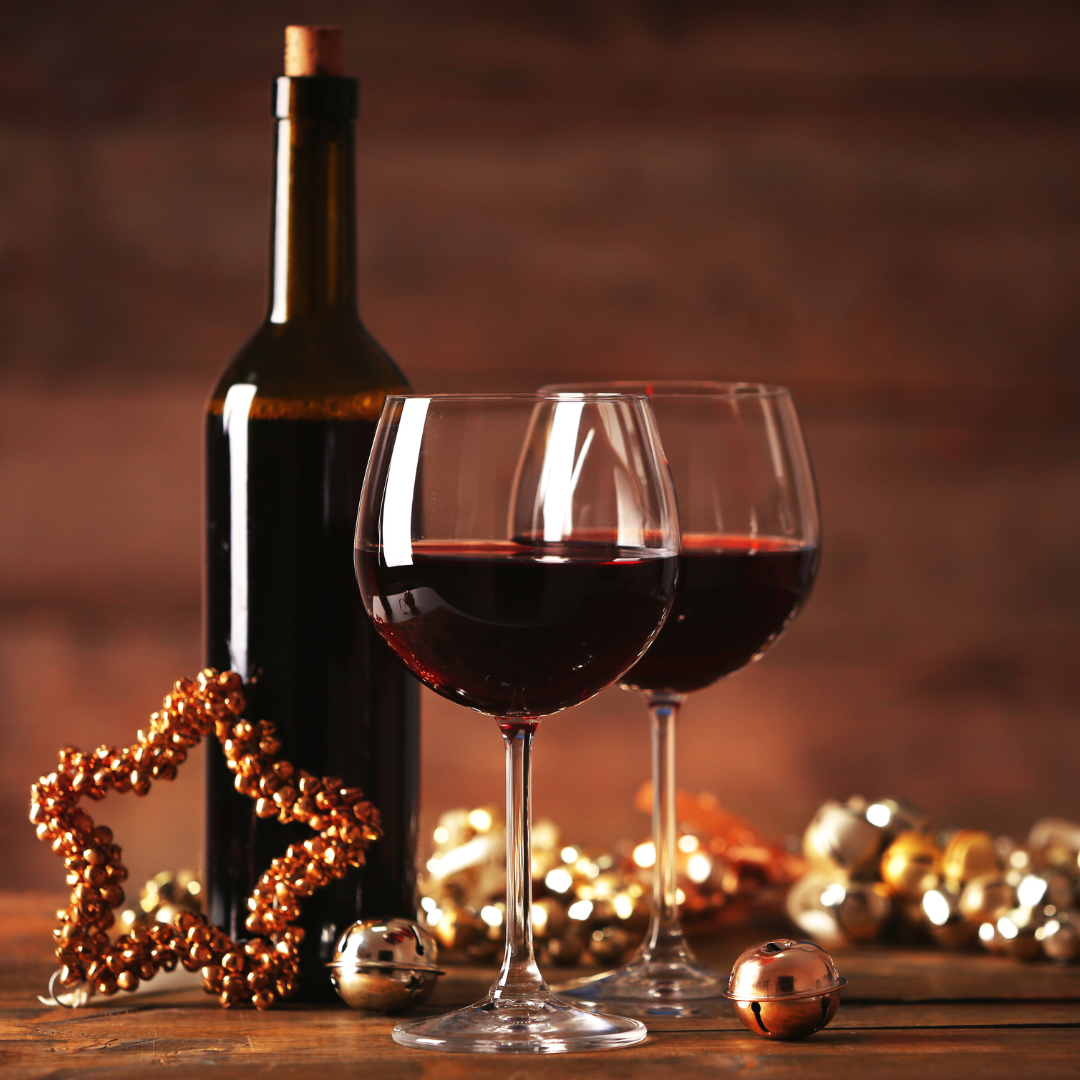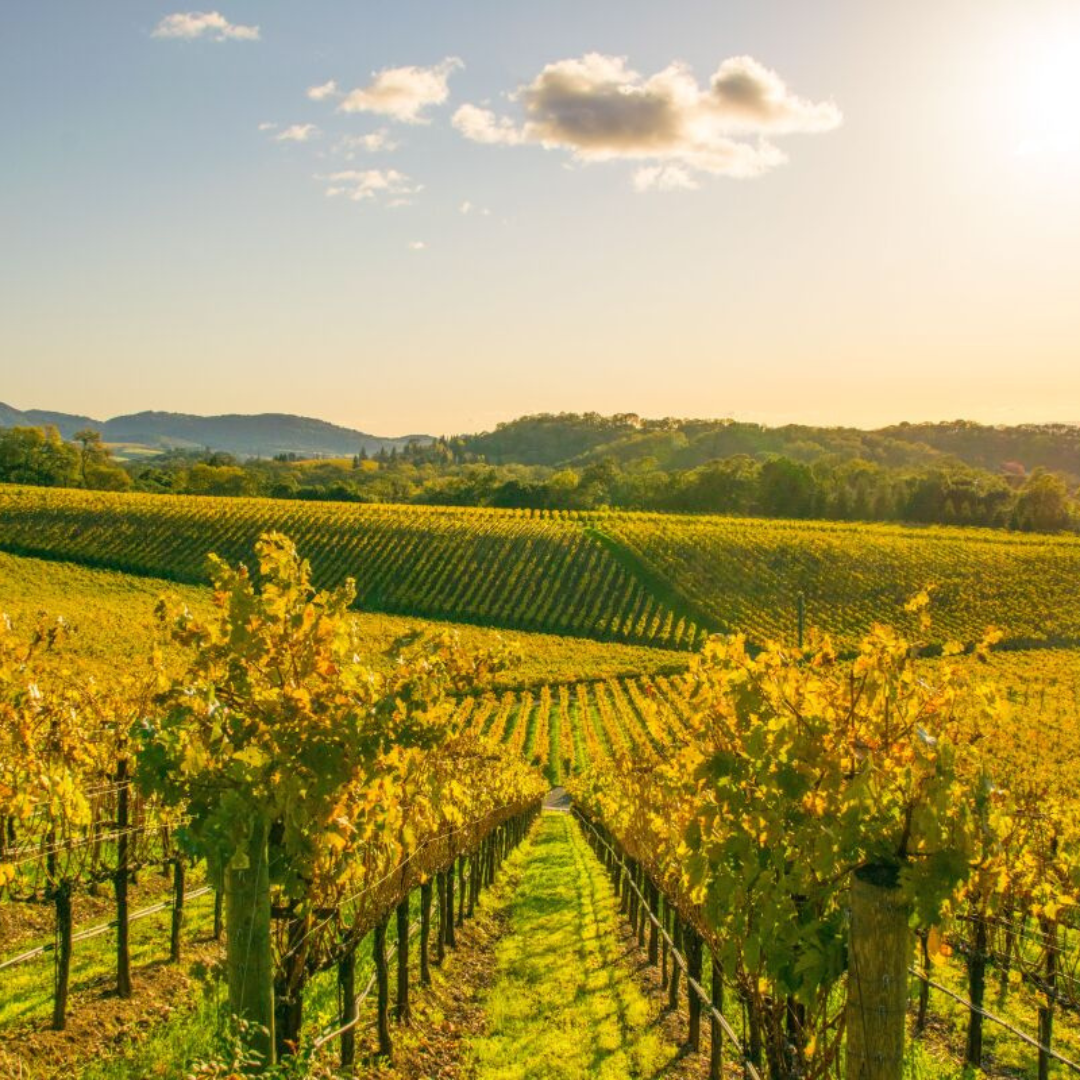Several key trends and strategies from active players are likely to shape the fine wine market in 2024:
- Market realignment: The market will likely continue adjusting to the recent correction, with the potential for stabilisation and gradual recovery once price equilibrium is reached.
- Acquisition opportunities: Discerning collectors and investors may find opportunities in undervalued wines or regions that have experienced significant price adjustments.
- Impact of global economic trends: Interest rates, currency fluctuations, and broader economic conditions will continue to influence the market, affecting both pricing and demand.
- Navigating liquidity challenges: Sellers and buyers in the fine wine market will need to navigate the complexities of liquidity, potentially requiring more strategic and patient approaches to transactions.
- Diversification and risk management: Investors may look to diversify their portfolios, adding investments in fine wine with other assets to manage risk.
The outlook for the fine wine market in 2024 is one of cautious optimism tempered by the need to navigate ongoing economic uncertainties and market corrections. For investors and collectors, the key will be to stay informed, adapt to changing market conditions, and seek opportunities where they arise. As always, the fine wine market promises a blend of challenge and opportunity, requiring knowledge and finesse to navigate successfully.
It’s important to remember that collecting or investing in wine is a long-term passion, and opportunities to acquire those prized bottles of wine when sellers are flexible on price are rare. History has proven the patient and intelligent buyers get rewarded.
